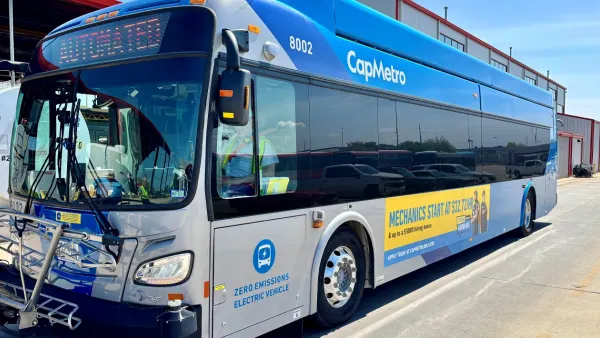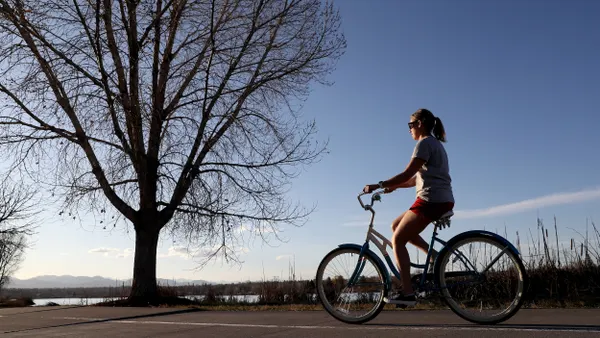Dive Brief:
- The San Francisco Transportation Authority on Sept. 11 voted to approve the construction route of a $6.1 billion tunnel that will allow trains to run from downtown to the Salesforce Transit Center and provide a connection for the future $77 billion bullet train and Caltrain electrified car system, according to the San Francisco Examiner.
- The option the authority chose will limit surface construction to 12 city blocks rather than the 53 proposed in an alternative route, although the winning route was the second most expensive. The entire Downtown Rail Extension Project, according to the authority's adoption resolution, includes a 1.3-mile rail line and the creation of a "transit-friendly neighborhood with 3,000 new homes (35% affordable) and mixed-use commercial development."
- The route must now also get past any potential roadblocks from various regional, state and city agencies and groups before construction can begin. If the project gets the go-ahead, it could be complete sometime in 2027.
Dive Insight:
The $2 billion-plus Salesforce Transit Center, known during construction as the Transbay Transit Center, featured prominently in the saga of the sinking luxury condominium building, the Millennium Tower. When the controversy first exploded around the excessive settlement and leaning of the tower, developer Millennium Partners pointed to the dewatering operations conducted during construction of the transit center as a factor, an allegation that the Transbay Joint Powers Authority rejected. The agency said the Millennium had an "inadequate foundation" and that settlement started two years before the transit center started construction.
And while the transit center will be able to accommodate the California High-Speed Rail Authority's bullet train, the extension could be finished years before the first phase of the high-speed rail is operational. The latest estimate from the authority in its 2018 business plan has the initial line of the bullet train ready to go sometime in 2029 and fully operational by 2033. However, that estimate did not include a plan for full funding.
The focus of the rail shifted to northern California, which was perceived as a route that could be built more quickly and cost-effectively than the planned initial leg out of the Los Angeles area.
The rail's latest foe, however, is inflation. The rising cost of land, materials and labor could add $2 billion annually to the project total if it doesn’t meet its 2033 completion schedule. Costs already have been projected to rise as high as $98 billion.











